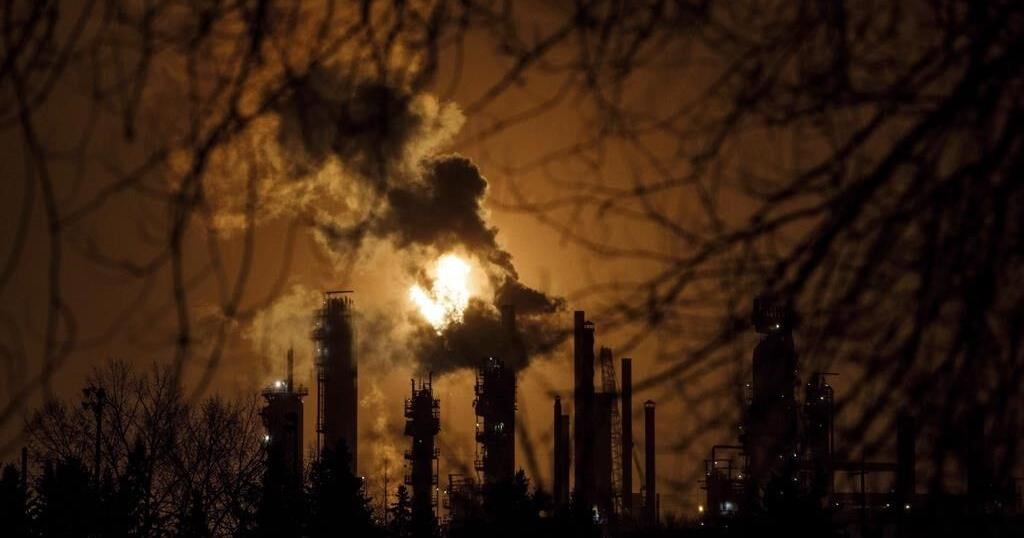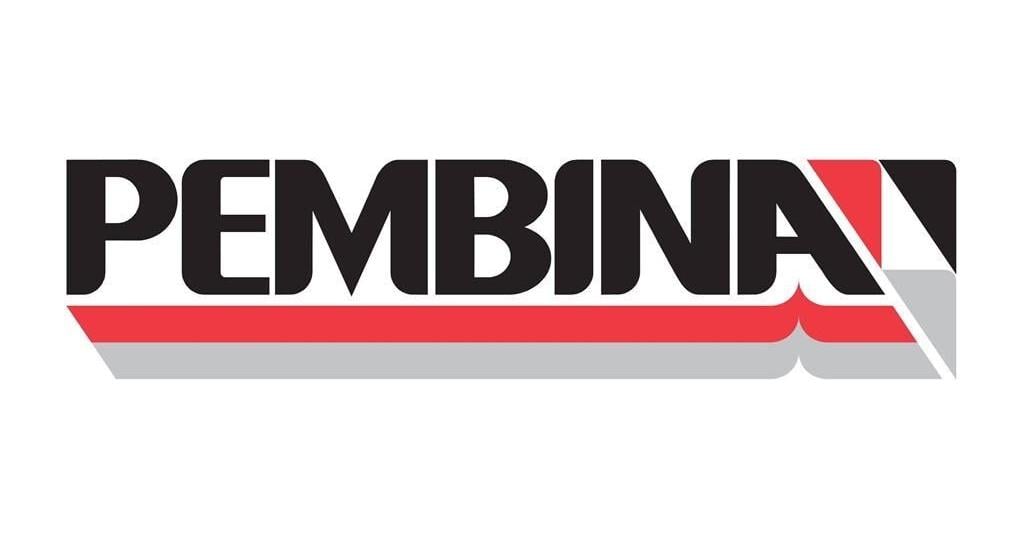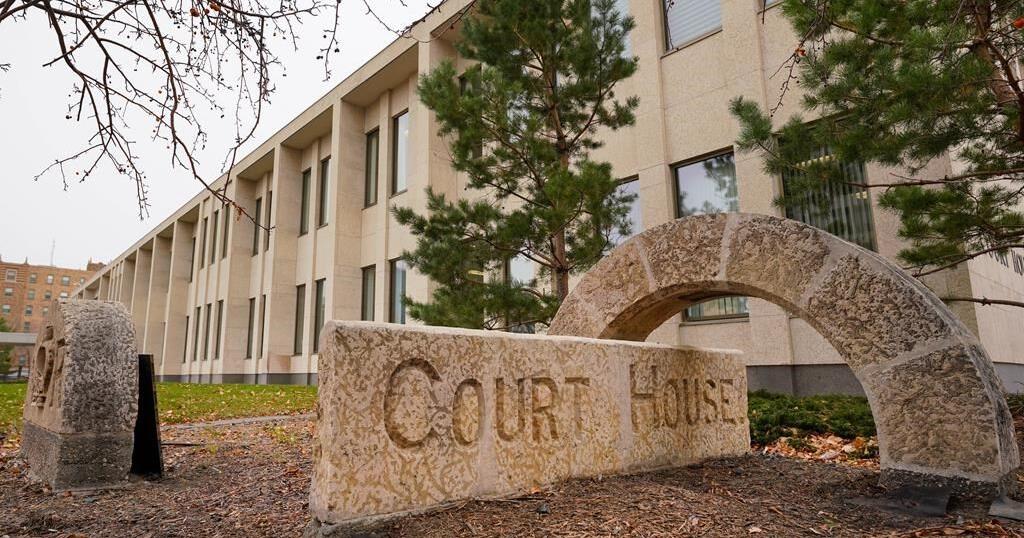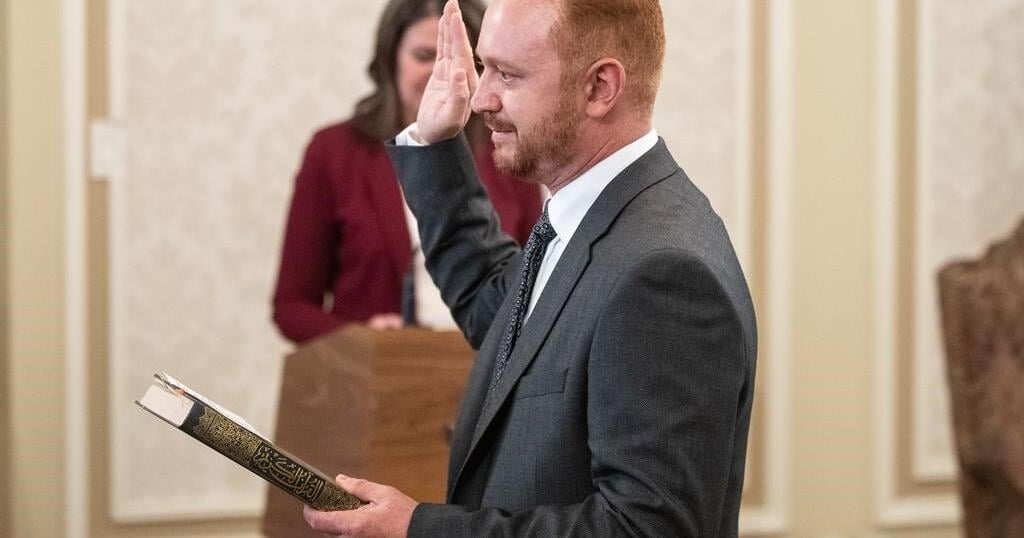CALGARY – Oil and gas producers who have already made progress on lowering their methane emissions over the last decade say further large-scale reductions will be tougher to deliver.
The federal government published new draft regulations Monday that would require oil and gas producers in Canada to cut total greenhouse gas emissions by about one-third over the next eight years.
The bulk of the emissions from Canada’s energy sector come in the form of CO2 pollution from Alberta’s massive oilsands operations, which were responsible for 40 per cent of the oil-and-gas industry’s overall emissions in 2022.
But even though the oilsands are the primary driver of the industry’s emissions, it is the conventional or non-oilsands part of the oil and gas sector that will be expected to do a significant amount of the heavy lifting if the industry’s overall emissions are to fall by the target amount.
On Monday, Environment Minister Steven Guilbeault said federal government modelling suggests that about half of the cuts required under the new rules could come from the conventional sector in the form of methane emission reductions.
Chris Carlsen, CEO of oil-and-gas producer Birchcliff Energy Ltd. — which has drilling operations in Alberta’s Montney region — said he can’t see how that would be possible.
“We have made quite a significant improvement on methane emissions,” Carlsen said in an interview.
“But when you look at this emissions cap, to have half of that (reduction) come from methane is just unrealistic.”
Much of the public conversation around the federal emissions cap has centred on the oilsands, as well as a proposal by the Pathways Alliance group of oilsands companies to bring down their CO2 emissions by investing $16.5 billion to build a massive carbon capture and storage network in northern Alberta. (The Pathways Alliance has not yet committed to going ahead with the project.)
But methane, the second largest contributor to global warming after carbon dioxide, is produced as a byproduct of the conventional oil-and-gas drilling process. It can escape into the atmosphere as a result of leaky oil and gas equipment and facilities, or be released deliberately as a waste product through industry practices like venting and flaring.
Green groups and politicians have long viewed methane as the “low-hanging fruit” when it comes to reducing emissions from the oil-and-gas sector.
That’s because some of the measures required to address methane are simple and cost-effective, especially when compared to proposed decarbonization projects like the Pathways proposal.
“(Methane) is really one of the cheapest ways that we can see oil and gas emissions come down by 2030,” said Janetta McKenzie, oil and gas program manager for the Pembina Institute, a green energy think-tank.
“It’s something that can be done on a more short-term basis — it’s not a carbon capture plant.”
The industry has been making progress. Due in part to federal and provincial regulations, the oil and gas sector decreased its methane emissions by 45 per cent between 2014 and 2022, according to data from the Alberta Energy Regulator.
Much of these gains were achieved by plugging leaky equipment to cut down on so-called fugitive emissions, as well as cutting down on venting, a term that describes the direct release of unburned methane into the atmosphere from an oil or gas facility.
Additional federal regulations, likely to be finalized this fall, aim to ensure the sector achieves methane emission reductions of at least 75 per cent below 2012 levels by 2030.
The federal government has said its own analysis has showed the emissions cap targets are “technically achievable” and take into account the technologies that can be feasibly deployed within the next few years.
While that will take effort from the sector, McKenzie said, additional methane reductions are possible through better leak detection and repair, improved emissions reporting, and improved design standards for oil and gas storage tanks.
“The very lowest-cost actions have already been taken, and now what we are asking for is that next tranche of efforts,” McKenzie said.
“But it is still quite cost-effective, still quite achievable.”
The Canadian Association of Petroleum Producers declined to comment specifically on the role methane could play in meeting the terms of the emissions cap. In an email, CAPP president Lisa Baiton said the industry group needs more time to review the new federal regulations and the modelling behind them.
But Carlsen said when he looks around his company’s own operations, he’s not sure where additional significant methane reductions would come from.
“I can speak for our asset base and the flaring and venting that is happening now is only what needs to be done for safety purposes and the running of a gas plant,” he said.
“Can we do more with technology and continue to be more efficient? Yes, and we always want to work on that, but I don’t see a lot of low-hanging fruit.”
“You can show any cost curve diagram — getting the last 20 per cent is always the most expensive out of the whole thing,” he added.
“And it just doesn’t make sense to spend your money on that, for a company of our size.”
This report by The Canadian Press was first published Nov. 5, 2024.
Companies in this story: (TSX:BIR)

























